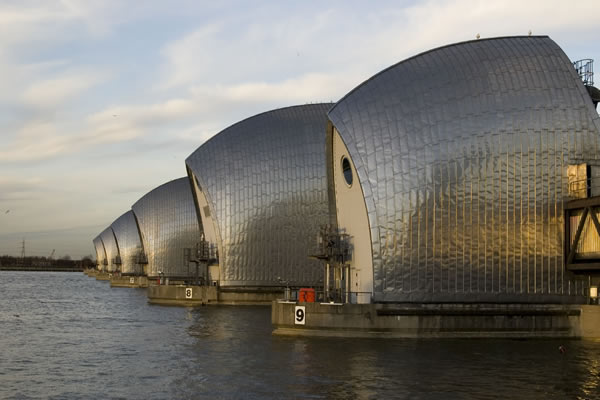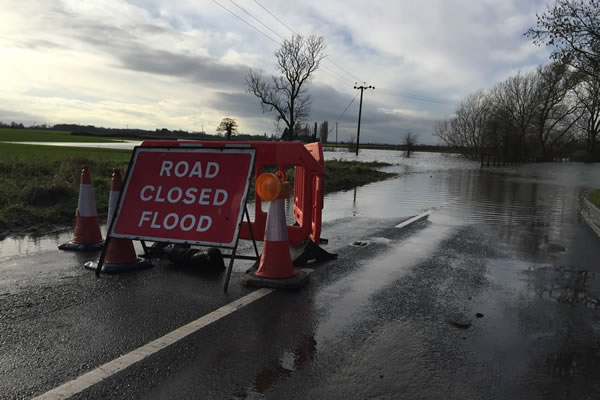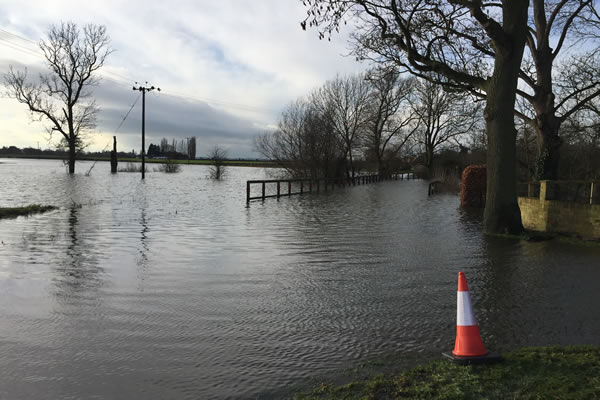Infiltration Devices
Infiltration devices drain water directly into the ground. They may be used at source or the runoff can be conveyed in a pipe or swale to the infiltration area. They include soakaways, infiltration trenches and infiltration basins as well as swales, filter drains and ponds. Infiltration devices can be integrated into and form part of the landscaped areas of a development site if required to maximise the developable area of a site.
Soakaways and infiltration trenches are completely below ground.
Infiltration basins and swales for infiltration store water on the ground surface, but are dry except in periods of heavy rainfall. These types of system can also be called ‘dry basins’. This means that most of the time they are free of water and can be utilised as useable public open space and only during high rainfall events are they utilised and store water on the surface temporarily.
Infiltration devices work by enhancing the natural capacity of the ground to store and drain water. Rain falling onto permeable (e.g. sandy) soil soaks into it. Infiltration devices use this natural process to dispose of surface water runoff. Limitations occur where the soil is not very permeable (e.g. clay), the water table is shallow or the groundwater under the site may be put at risk where the site may be in a Ground Water Source Protection Zone.
Soakaways and infiltration trenches provide storage in an underground chamber, lined with a porous membrane and filled with coarse crushed rock. Infiltration basins store runoff by temporary and shallow ponding on the surface.
The amount of water that can be disposed of by an infiltration device within a specified time depends mainly on the infiltration potential of the surrounding soil. The size of the structure and the void ratio of any fill material will govern storage capacity and the size of such features.
Typical void ratio of crushed rock is approximately 30% (30% void, 70% material), Geo cellular storage techniques (Plastic crates) can increase the void ratio to 95% (95% void and 5% material). These are becoming more common in development to decrease the size of structures required on sites. Maintenance of these structures must be carefully taken into account as silting up of these structures can substantially restrict the available storage volume.
Runoff can be treated by physical filtration to remove solids and absorption onto the material in some circumstances to improve water quality.
Infiltration basins are easy to integrate into a site. They are ideal for use as playing fields, recreational areas or public open space. Infiltration basins can be planted with trees, shrubs and other plants, improving their visual appearance and providing habitats for wildlife. They help to recharge groundwater, thereby mitigating problems of low river flows in dry weather periods.
Require Assistance with Drainage Design?
Sanderson Associates have enjoyed over 37 years in business, our experienced Drainage Design engineers have produced designs for a variety of developments throughout the UK, Isle of Man and Ireland.
We would be pleased to provide you with our competitive fee proposal to provide you with our Drainage Design Services, please call us on 01924 844080 or click here to complete our secure online form.



